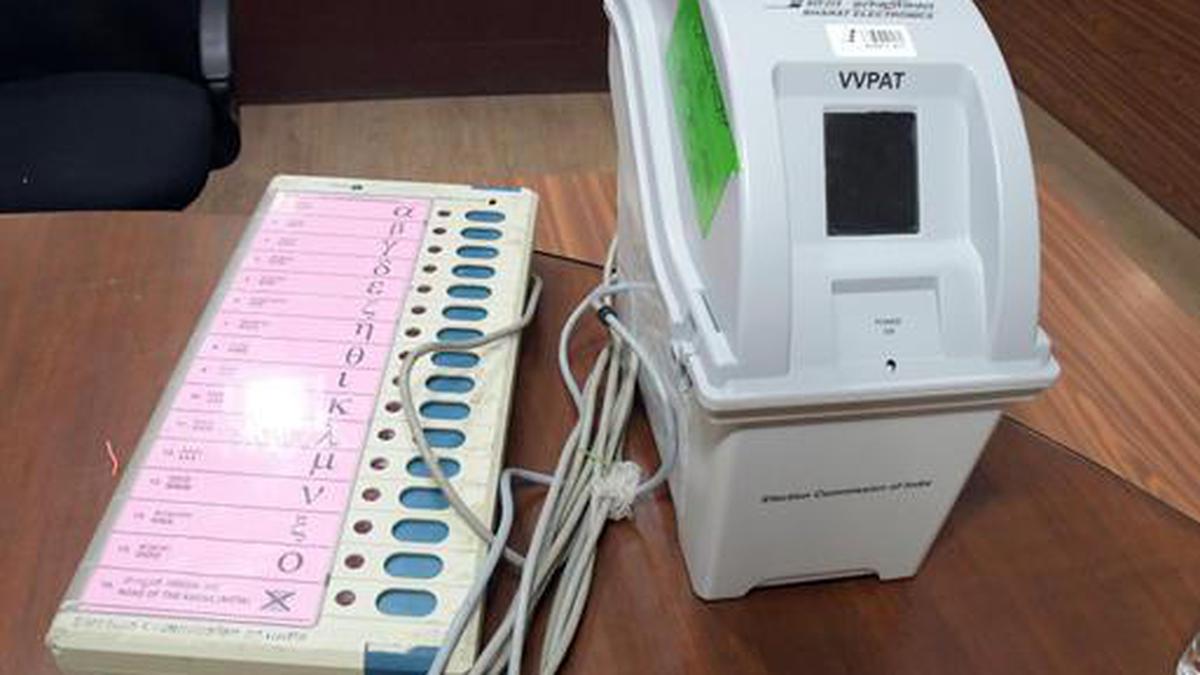Supreme Court Harnesses Artificial Intelligence for Case Management, Transcription, Multilingual Translation

Arjun Ram Meghwal, Minister of State (Independent Charge) for Law and Justice
New Delhi, July 25: In a significant leap towards digital justice delivery, the Supreme Court of India has embraced artificial intelligence (AI) and machine learning (ML) technologies across multiple fronts including case management, transcription of oral arguments, and translation of judgments into regional languages, the government said on Friday.
According to a written reply in the Lok Sabha by Arjun Ram Meghwal, Minister of State (Independent Charge) for Law and Justice, the apex court is deploying AI-powered tools in coordination with the National Informatics Centre (NIC) and IIT Madras to streamline judicial processes and enhance accessibility.
AI in Action: From Bench Hearings to Regional Languages
One of the most visible AI integrations is in the transcription of oral arguments during Constitutional Bench hearings. These transcribed arguments, generated with the assistance of AI tools, are now accessible via the Supreme Court’s official website — marking a move towards real-time judicial documentation and transparency.
Additionally, the court is using AI and ML systems for translating English judgments into 18 Indian languages, including Hindi, Tamil, Telugu, Marathi, Bengali, Urdu, and lesser-resourced languages such as Santali and Garo. These translations are available on the court’s e-SCR (e-Supreme Court Reports) portal, which aims to democratize access to legal content for citizens across linguistic backgrounds.
IIT Madras Partnership Boosts Filing Efficiency
In collaboration with IIT Madras, the Supreme Court has developed AI-powered modules integrated with its electronic filing software. These tools are capable of identifying procedural defects in filed petitions — a task traditionally done manually. A prototype version of this system has already been made accessible to 200 Advocates-on-Record, enabling early-stage testing and feedback.
Further, the apex court is testing AI-based tools for metadata extraction and automatic defect curing. These are slated to be integrated into the broader Integrated Case Management & Information System (ICMIS), promising to ease the administrative load on court staff and improve turnaround times for case listings.
SUPACE Still in Experimental Phase
Meanwhile, the court’s much-anticipated SUPACE (Supreme Court Portal for Assistance in Court Efficiency) — an AI tool designed to aid judges by understanding factual matrices of cases and intelligently surfacing relevant precedents — remains in its experimental stage. Full deployment is contingent upon the procurement of advanced hardware such as Graphic Processing Units (GPUs) and Tensor Processing Units (TPUs) to support the high computational demands of the system.
AI Not Used in Decision-Making
Importantly, the Ministry clarified that AI and ML tools are not being used in judicial decision-making. Their role remains assistive, focusing on improving administrative efficiency and accessibility, without encroaching upon the human element of justice.
The integration of AI in India’s highest court comes amid a broader push for judicial reform and digital transformation in public services. As the Supreme Court continues its AI journey, legal experts are watching closely to assess its impact on transparency, efficiency, and public trust in the justice system.








